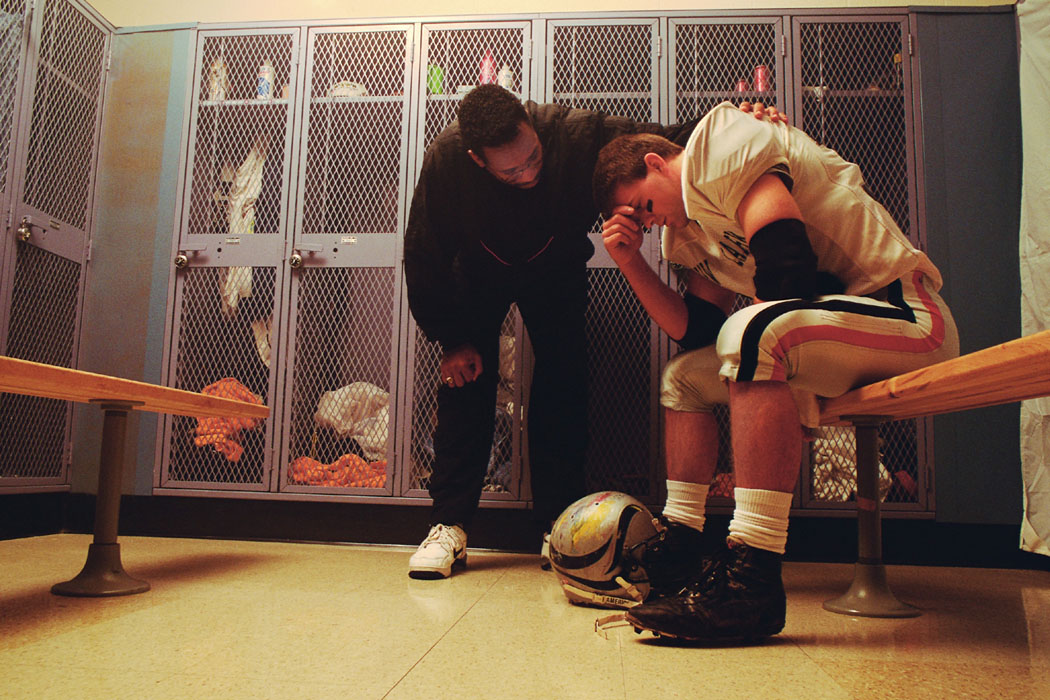Summary
Many of our actions, behaviors, and habits are governed by our subconscious mind. Using logic and reasoning to change behaviors is ineffective. Knowing something and doing something are very different things. Creating experiences, especially emotional ones, is the most effective method of conducting training. Click for training courses.
Training
 Training
is not learning and knowing is not doing
Training
is not learning and knowing is not doing
Remember a time when you really learned something? Perhaps,
you made a mistake and suddenly saw how your actions created
an unwanted result and it felt painful. Or maybe it
was when you were doing something difficult and suddenly
the lights went on and you experienced an "aha moment."
Learning is a very visceral experience. You can see
a light bulb or feel the wisdom seep into your body and
brain.
Much of our behavior is not governed by our logical mind. We persist in bad habits and unproductive behaviors despite knowing that they are harmful. It's not our logical mind at the controls; it's our subconscious mind calling the shots. Yet, the majority of our training is directed at our logical mind. We are taught the steps or methods or reasons in a very rational fashion. The only way to learn this way is to practice over and over again until these steps become a habit. It is a difficult and time-consuming way to learn.
I've spent over a decade of my career in various training functions at large corporations and have always been fascinated with how people learn. From experimenting with different methods, I've discovered that creating an experience is the most effective way for people to learn. Rather than spoon-feeding information that will soon be forgotten, creating an exercise or an experience where people will need to learn in order to succeed involves the whole mind and instigates that elusive "aha moment." No memorization, no practice, no study aids are required. Although people seem to know this already, it is rarely practiced in corporate training. Instead, the trainers develop copious power point slides and handouts and practice sessions for using the new method.
With a little bit of ingenuity and creativity, its easy to develop more effective training without all the busy work of copious documentation. For instance, a typical listening skills class consists of a review of 3 or 4 step process, like acknowledge the speaker, question (ask) for understanding, paraphrase, and then respond, memorizing an acronym (AAPR) and then practice the method in role plays. My listening skills class consists of an exercise where people try twice to persuade someone else to do something. The first time they just talk, trying to be as persuasive as possible. In the second time, they first listen to what the other person likes to do and then uses that other person's words in their persuasion. Most people walk away from that exercise with a real understanding of the value of listening and how it helps them communicate better.
I've done the same thing for project management, analytical problem solving, and all types of training. When I've tested for retention, by and far, these experiences were more memorable than the information presented on slides. People learn from experiences.
With this in mind, I've developed a series of soft skill training called The Lazy Person's Guide to Business Success. For a full list of courses, click here.






 My
new book,
My
new book,





 If
you have some ideas for articles, please drop me a note
or leave a
If
you have some ideas for articles, please drop me a note
or leave a 
